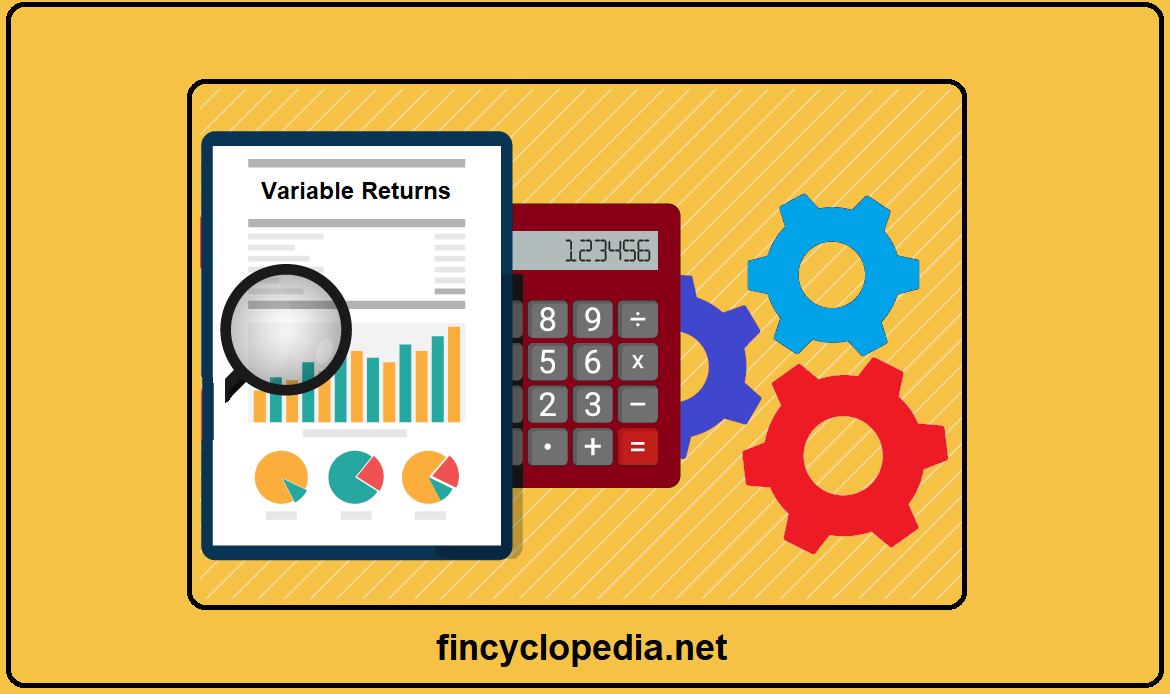A method (measurement base) of measuring financial assets/ financial liabilities whereby changes in fair value / fair value gains or losses (for those items/ financial instruments measured at fair value) are allocated and recognized in equity (rather than through profit and loss/ FVTPL). Mainly, equity-type instruments are measured at fair value through equity (though debt-type instrument may also be measured likewise under specific conditions). This classification depends on the characteristics of the contractual cash flows of the financial assets and an entity’s business model for managing its financial assets.
Fair value through equity is used for 1) financial assets that are not measured at fair value through profit and loss (e.g., trading assets and financial derivatives not designated for hedge accounting) or amortized cost (e.g, financial assets categorized as loans and receivables) and 2) financial assets that are designated as available for sale (AFS).





